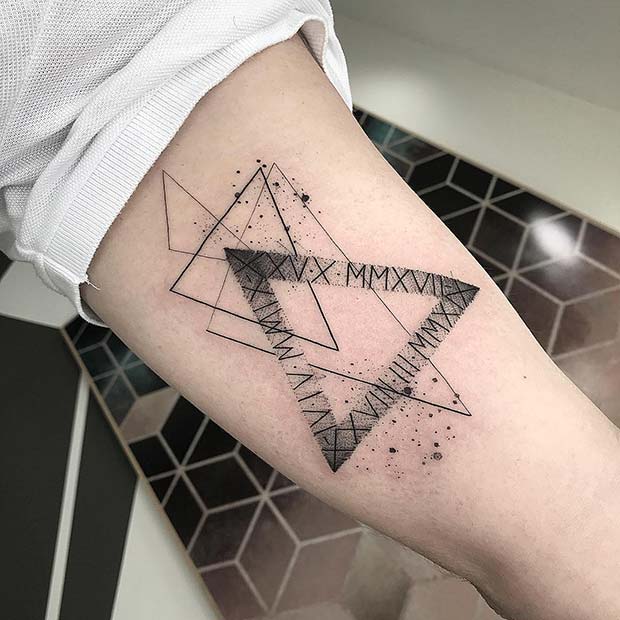

Sumerian fractions are typically based on the denominator 6 and are as follows:Ħ0 was seen as a number of wholeness and completion. They continued to always be written horizontally when followed by a unit of measure. In earlier texts, the ‘unit’ digits 1 through 9 were usually seen written horizontally 𒀸, 𒐀, 𒐁. The pronunciations of numbers above 60 are not written out in Sumerian and are uncertain the above table is one reconstruction of how they may have been pronounced in early Sumerian. The Sumerians did not focus much on abstract mathematics and the populations of their cities were much lower than ours they seldom needed to count 432,000 of anything. Numbers above 432,000 are unattested in ancient Sumerian (with one exception: 60*216,000 = 12,960,000, seen as a holy number from which all others derive). This has the advantage over the later Babylonian system of ensuring total unambiguity over which number is meant to be written.Ħ0: geš 𒐕 (note this stroke is thicker than diš 𒁹)Ģ16,000: geššar 𒄱 or 𒐲 (later šar-gal, “great šar”) Like the Babylonian system, which it inspired, the Sumerian place values increase in alternating steps of x10 and 圆: there are different symbols for 1, 10, 60, 600, 3600, 36000, and 216000, and other numbers are formed by combining groups of these symbols. The Sumerian numeral system differs from the perhaps better known Babylonian one in that Sumerian has different symbols for each place value. Later, the symbols on these tokens were embossed into clay using a round stylus, and eventually these symbols were adopted so they could be embossed using the regular reed stylus used to write other cuneiform signs. The origins of the Sumerian numeral system lie in a system of tokens used to count commodities. This is the origin of our 60 minutes in an hour, 60 seconds in a minute, and 360 (6*60) degrees in a circle. They worked in base 60 - a sexagesimal system. (previous) .The Sumerians were perhaps the first people to decipher the basics of mathematics. 2014: Christopher Clapham and James Nicholson: The Concise Oxford Dictionary of Mathematics (5th ed.) .(next): Chapter $1$: Tokens, Tallies and Tablets: The first numerals 2008: Ian Stewart: Taming the Infinite .The number represented in the Babylonian number system as: The number $25 \, 267$ is represented in the Babylonian number system as: In such a system, the radix point is represented by a semicolon. Hence it is commonplace to use their decimal counterparts, separated by commas, so that the number represented, for example, in cuneiform as: When representing numbers using the Babylonian number system, it is laborious to represent the actual cuneiform symbols themselves.
Another name for babylonian numerals full#
The fact that they had no symbol to indicate the zero digit means that this was not a true positional numeral system as such.įor informal everyday arithmetic, they used a decimal system which was the decimal part of the full sexagesimal system. Instead, the distinction was inferred by context. The rightmost grouping would indicate a number from $1$ to $59$ the one to the left of that would indicate a number from $60 \times 1$ to $60 \times 59$Īnd so on, each grouping further to the left indicating another multiplication by $60$įor fractional numbers there was no actual radix point. Thus these groupings were placed side by side:

The characters were written in cuneiform by a combination of:Ī thin vertical wedge shape, to indicate the digit $1$ a fat horizontal wedge shape, to indicate the digit $10$Īrranged in groups to indicate the digits $2$ to $9$ and $20$ to $50$.Īt $59$ the pattern stops, and the number $60$ is represented by the digit $1$ once again. The number system as used in the Old Babylonian empire was a positional numeral system where the number base was a combination of decimal ( base $10$) and sexagesimal ( base $60$).


 0 kommentar(er)
0 kommentar(er)
